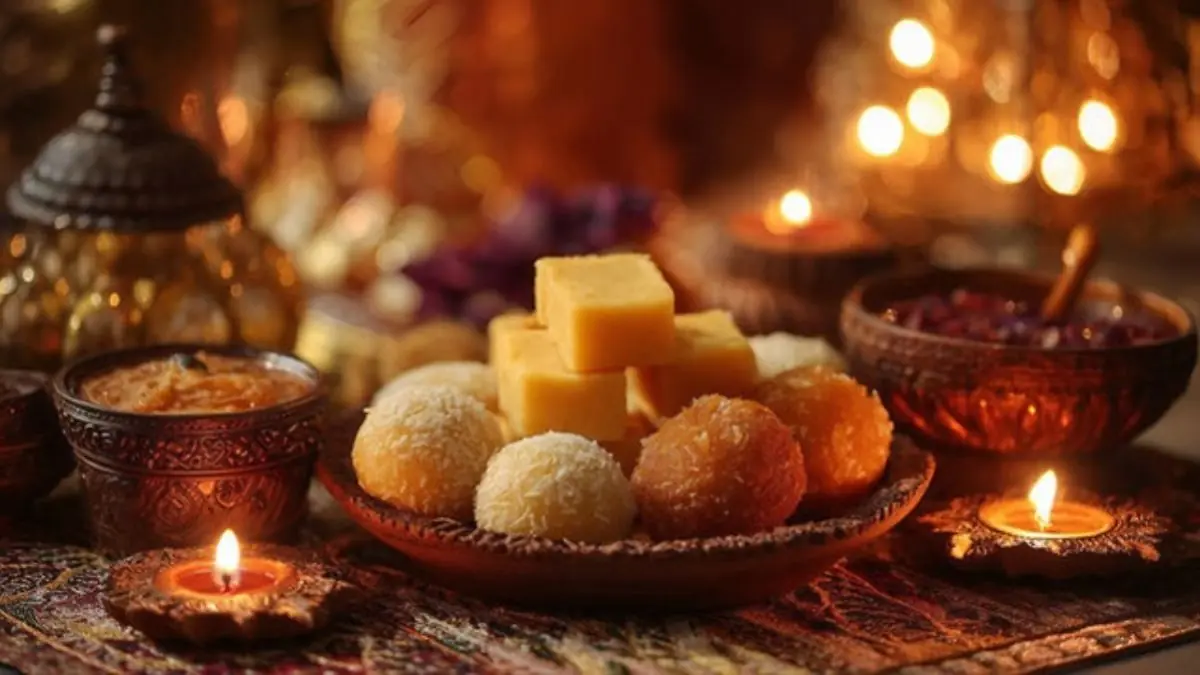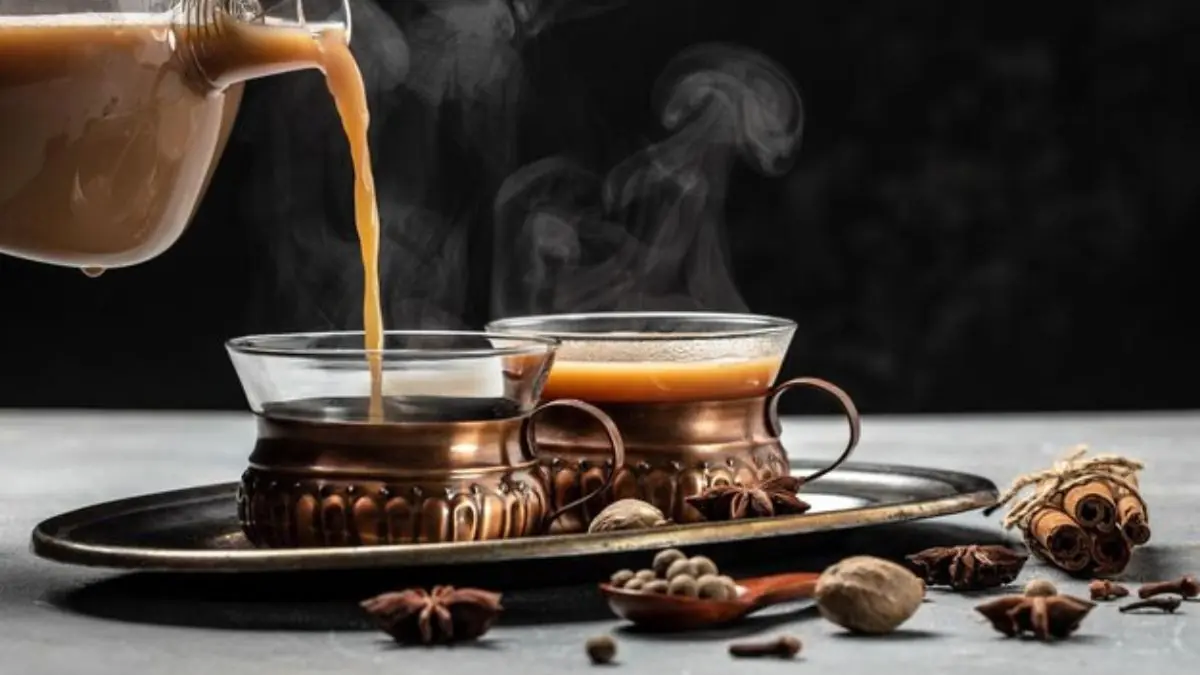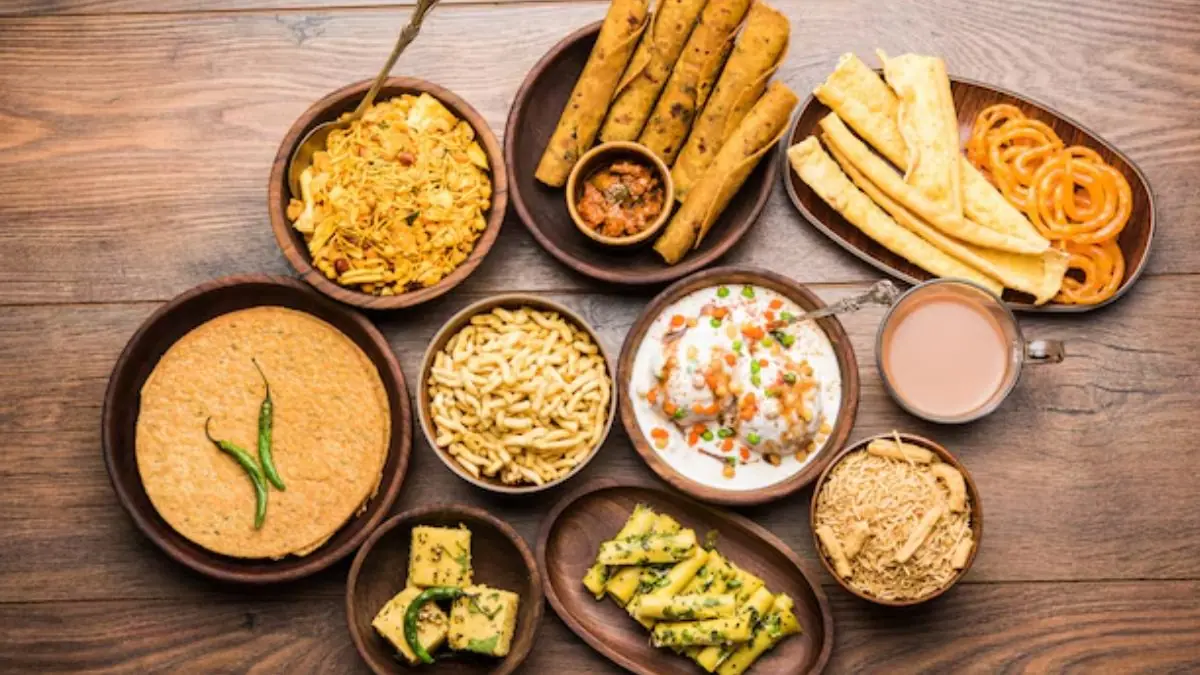The Story Behind Modaks: Why Ganpati Loves Them
The Story Behind Modaks: Why Ganpati Loves Them
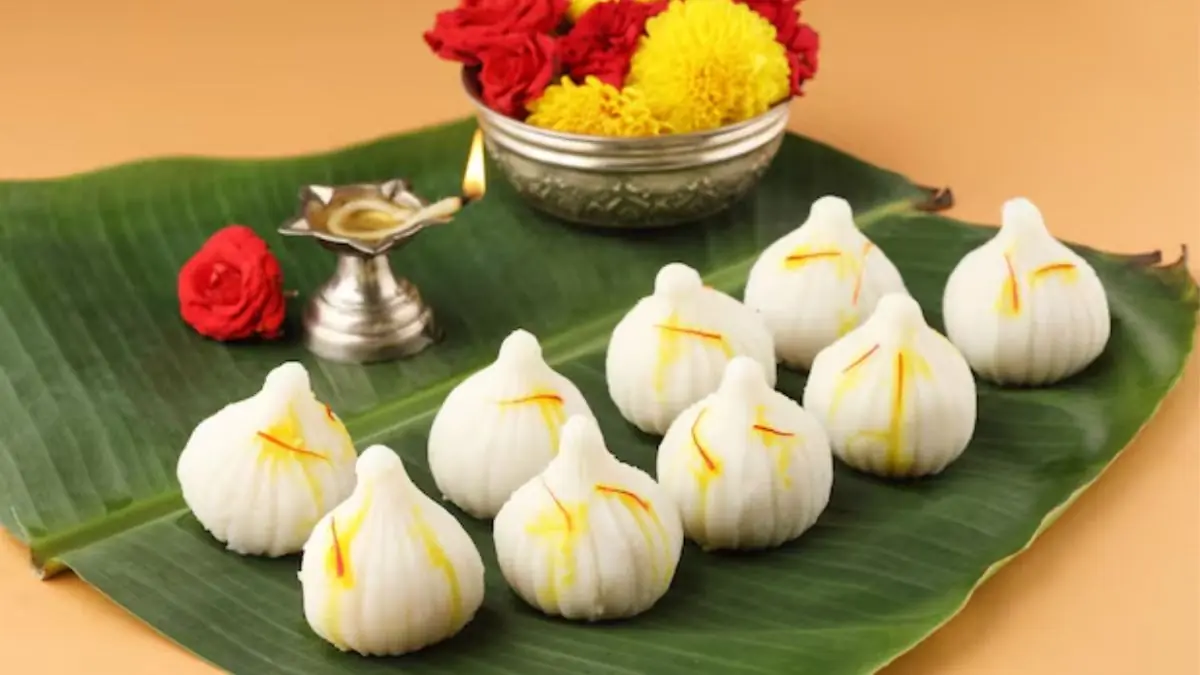
Did you know that Lord Ganesha is called Modakpriya because the treat is his most favourite? This sweet dish symbolises wisdom, purity, and spirituality. It brings families together and makes the celebrations of Ganesh Chaturthi complete.
Ganesh Chaturthi celebrations without modak are like a monsoon with no masala chai and pakora combo, winter without makke ki roti and sarson ka saag, and summer with sattu sharbat. For decades and centuries, this momo-like sweet has been synonymous with the birthday of Lord Vinayak and is considered his favourite.
From kids to adults, people offer these treats to Lord Ekadanta to please him and seek his blessings. Because he loves modak so much, he is also referred to as Modakpriya (one who loves modak). Every year, preparations for Ganesh Chaturthi start in advance. Even before Bappa steps into the households of devotees, a plate of his favourite foods, including modak, is prepared and offered to him. Did you know why Ganpati loves these dumpling-like treats so much? Scroll down to immerse yourself in the mythological tales.
Tales Of Lord Ganesha Falling In Love With Modak
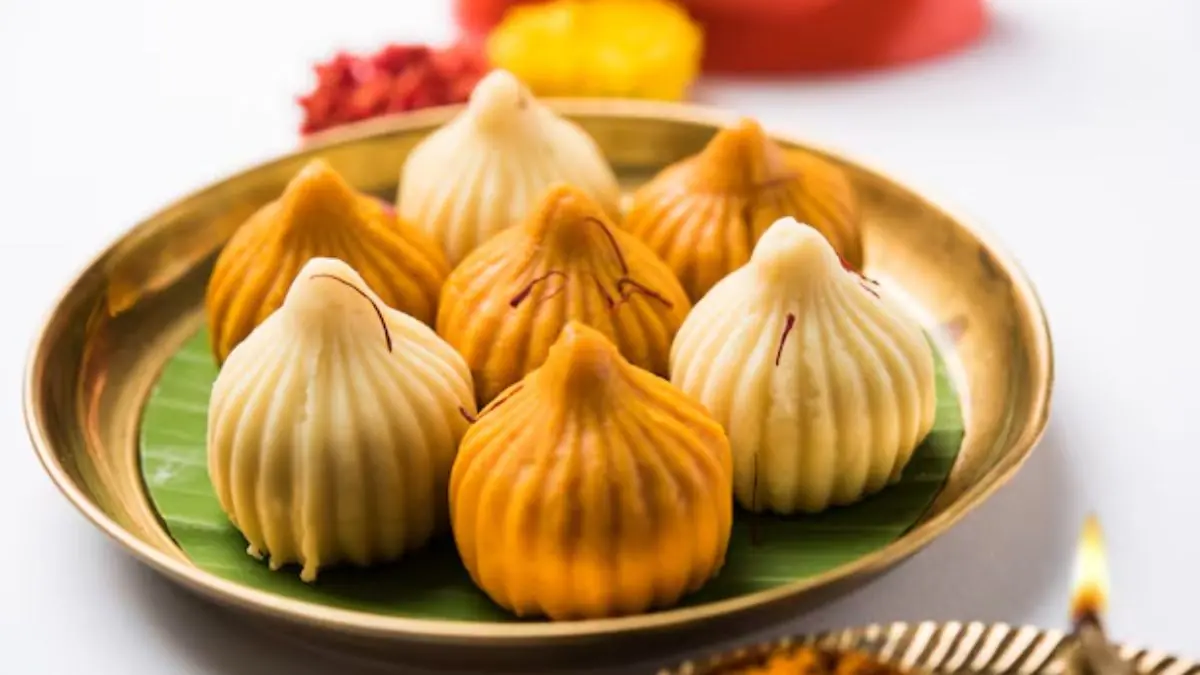
Modak: Prepared By Goddess Parvati, Loved By Lord Vinayaka
According to Ganesh Puranaooi, Goddess Parvati once prepared modak for his son Vinayaka. He tried one and instantly fell in love with them. Since then, many devotees believe in offering at least 21 pieces of this treat as a symbol of wisdom, devotion, prosperity, and knowledge. It is one of the reasons why many idols of deities, even the ancient ones, are found with Ganpati holding a modak in one of his hands or trunk, especially as a child.
According to another legend, it is believed that once, Lord Ganesha’s hunger was insatiable. He kept on eating and eating, one dish after another, emptying one bowl after another. Seeing Ekdanta like this, Goddess Parvati offered him a modak, and it instantly curbed his hunger.
Modak: A Symbol Of Wisdom
Every household that practises Hinduism narrates the tale of a scuffle between Lord Ganesha and Lord Kartikeya, sons of Lord Shiva and Goddess Parvati. While the reason for the quarrel is debatable, some tales suggest that one Goddess Parvati made modaks for her sons. But there was a condition. She said that she would give those treats to the one who circles the world and returns to her first. While Lord Kartikey hopped on his peacock to circle around the Earth, Bappa circled his parents on Mount Kailash. He said that for a child, their parents are their entire world. Therefore, modaks also stand as a symbol of wisdom.
The dish also signifies that the idea of wisdom goes beyond the barriers of intellect and written words. It is not confined to grand gestures or solving a math or science problem; it lies in the simplicity of nature. Wisdom is about being present. People don’t just shape modak, but also re-enact a thousand-year-old recipe in their kitchen.
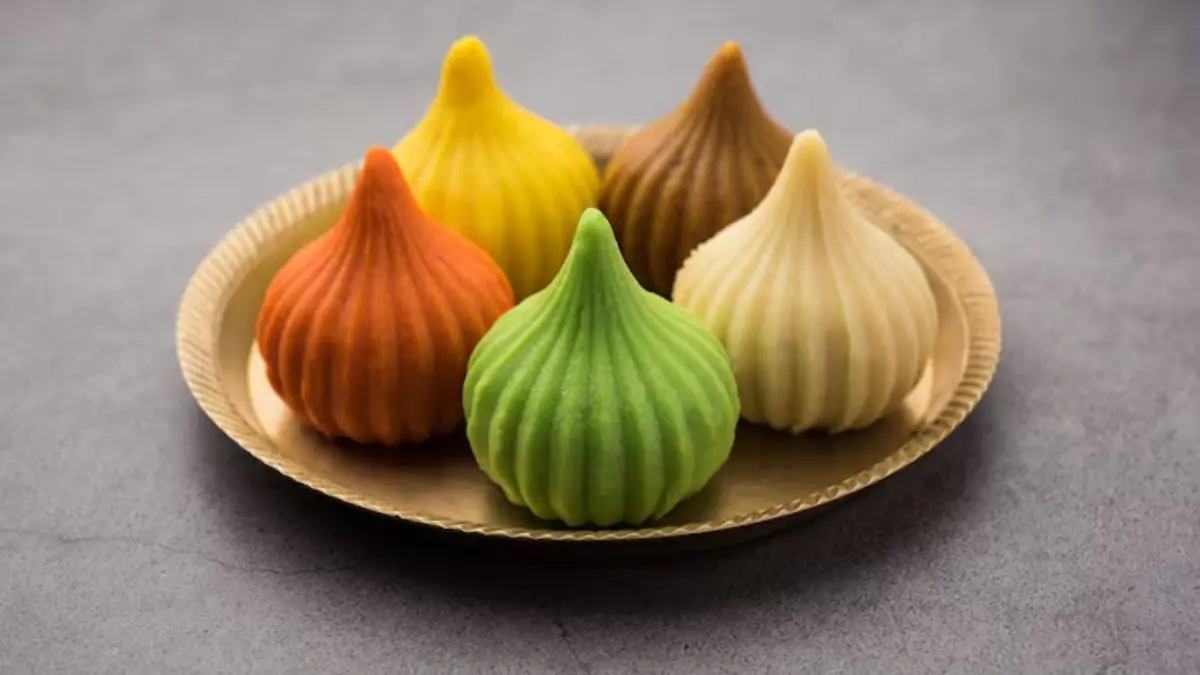
Modak: A Symbol Of Spirituality, Creativity, And Emotional Connection
It is believed that the round shape of modak, along with the tapering at the top, reflects the journey of life – a move from materialism (circular base) to spiritual consciousness (spiral narrow neck). The traditional ones are stuffed with coconut and jaggery to mimic the subtle sweetness and richness that comes with devotion. This treat is a sweet metaphor of spiritual awakening among devotees of Bappa and his role as an obstacle remover (Vighnaharta) in life.
Modaks also bring families together. People line up in front of sweet shops or get up early (or stay up late at night) to prepare these treats for Ganesh Chaturthi. Devotees might be going through a tough phase, but they never fail to offer Bappa’s favourite mithai. Modak reflects emotional and cultural relevance.
The sweet is tangible, but it binds devotees with Lord Ganesh intangibly. That’s the beauty of it. For many families, this is the time when all the members gather at one place and bond over the process of making modak. Chefs don their hats to create something unique and special.

Evolution Of Modak Over Centuries
The oldest kind of modak known is ukadiche modak – a steamed variant made with rice flour and stuffed with coconut-jaggery filling. It is the most popular one in Maharashtra and a must- offer to Bappa during Ganesh Chaturthi celebrations. But it’s not the only kind. Over centuries and decades, the sweet has undergone several stages of evolution – some turning out
surprising delights, while others not so much. Modak finds reference in ancient Hindu epics like the Ramayana and the Mahabharata. It is even mentioned in Ayurvedic scripture, proving that the treat has a history spanning over centuries, probably more than a thousand years. The earliest writings confirm that rice-based dumplings were sold in old cities like Madurai.
In Southern states, especially in Tamil Nadu and Karnataka, you get to taste kozhukattai or kudumulu, a modak-like treat. In the Goa and Konkan regions, saranachi modak are sold with sesame seed and jaggery filling to reflect the coastal identity. In North India, wheat flour modak that look a lot like gujiyas take the centre stage during the festive season. In Jagannath Temple, Odisha, mandaa pitha (shaped like dumplings) are offered to the deities.
Today, you can find an array of modaks available in different flavours – chocolate modak, red velvet modak, sugar-free modak, rava modak, chana dal modak, dry fruit modak, salted modak, mawa modak, ragi modak, etc. This sweet is a result of impeccable balance among the ingredients used in its preparation; hence, its popularity has stayed put even after centuries and continues to grow. As you dive into the process of making modak this year, don’t forget to chant
– Ganpati Bappa, Moriya! Mangal Murti, Moriya!





